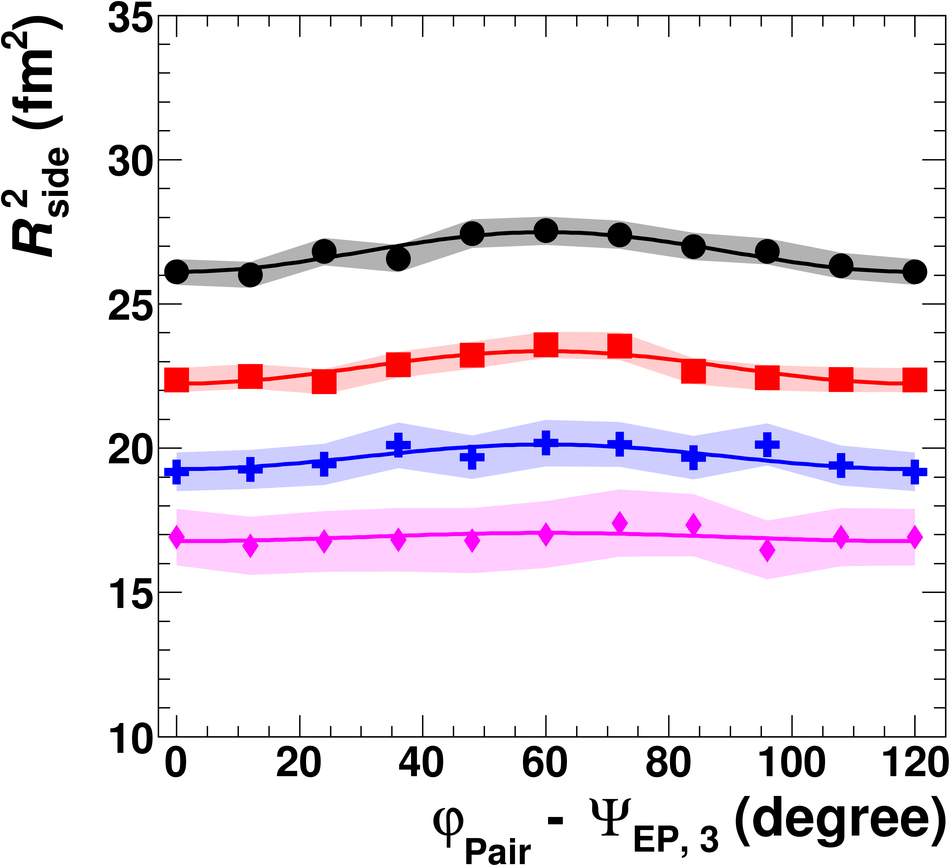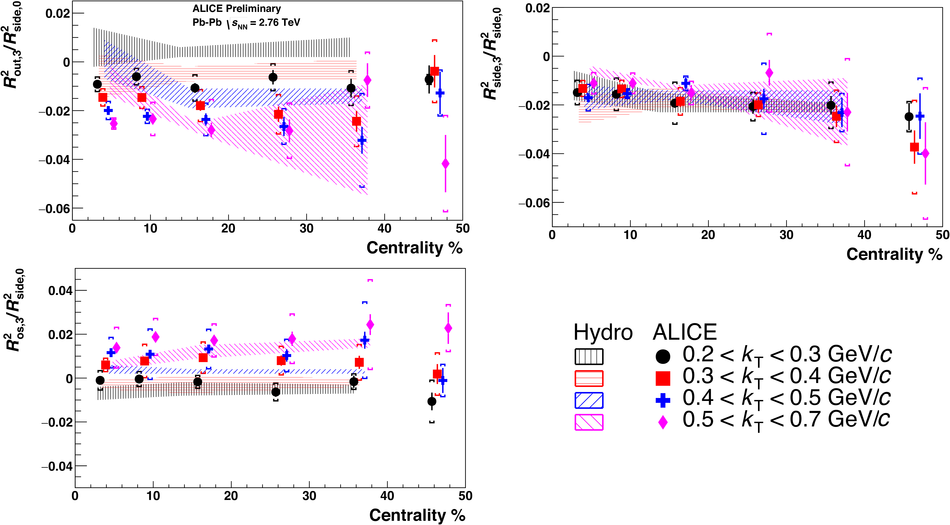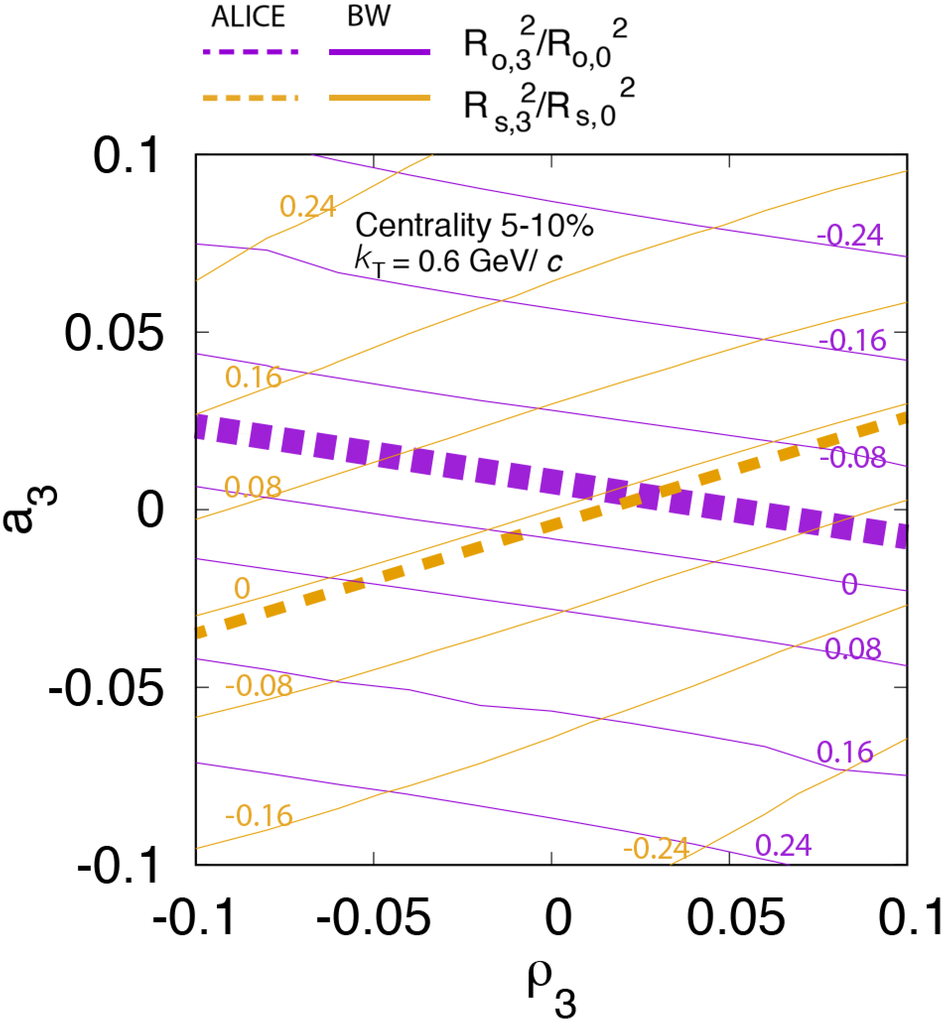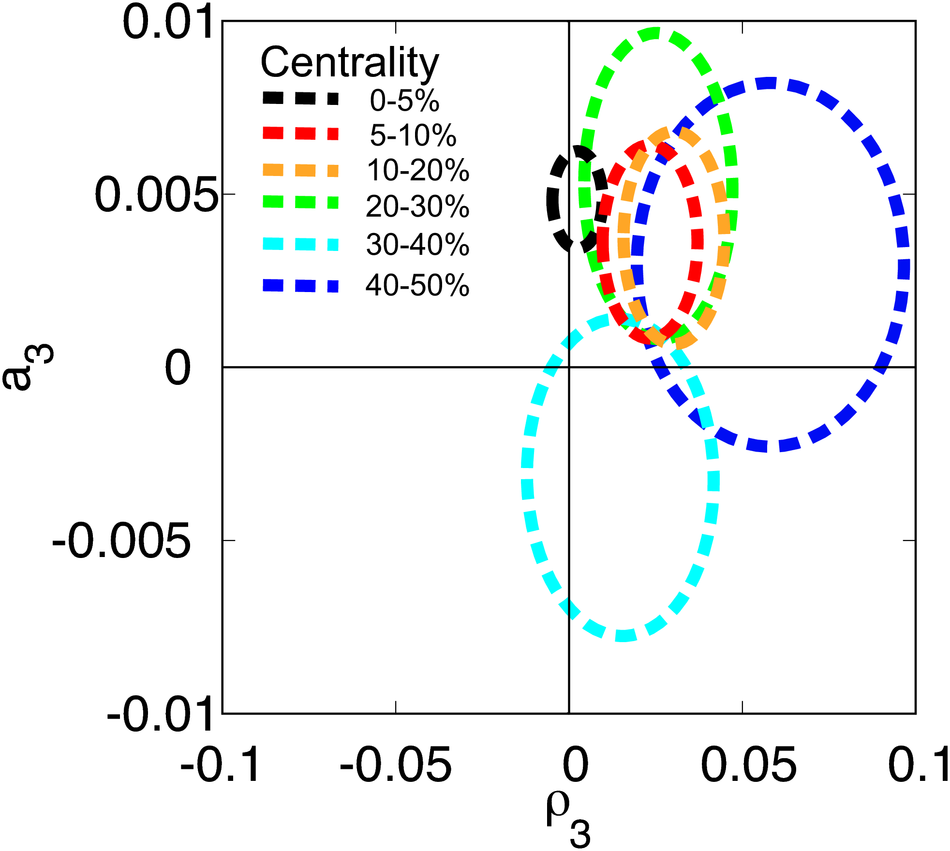Azimuthally-differential femtoscopic measurements, being sensitive to spatio-temporal characteristics of the source as well as to the collective velocity fields at freeze out, provide very important information on the nature and dynamics of the system evolution. While the HBT radii oscillations relative to the second harmonic event plane measured recently reflect mostly the spatial geometry of the source, model studies have shown that the HBT radii oscillations relative to the third harmonic event plane are predominantly defined by the velocity fields. In this Letter, we present the first results on azimuthally-differential pion femtoscopy relative to the third harmonic event plane as a function of the pion pair transverse momentum $k_{\rm T}$ for different collision centralities in Pb-Pb collisions at $\sqrt{s_{\rm NN}}=2.76$ TeV. We find that the $R_{\rm side}$ and $R_{\rm out}$ radii, which characterize the pion source size in the directions perpendicular and parallel to the pion transverse momentum, oscillate in phase relative to the third harmonic event plane, similar to the results from 3+1D hydrodynamical calculations. The observed radii oscillations unambiguously signal a collective expansion and anisotropy in the velocity fields. A comparison of the measured radii oscillations with the Blast-Wave model calculations indicate that the initial state triangularity is washed-out at freeze out.
Phys. Lett. B 785 (2018) 320
HEP Data
e-Print: arXiv:1803.10594 | PDF | inSPIRE
CERN-EP-2018-035








